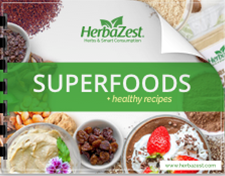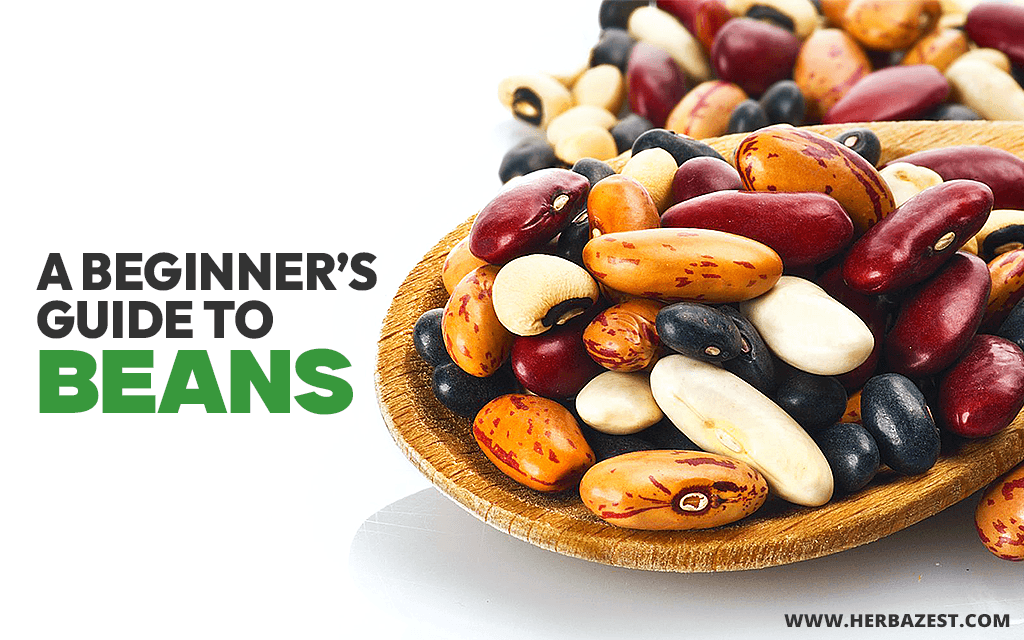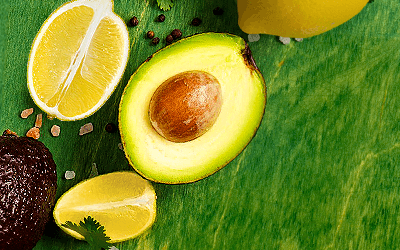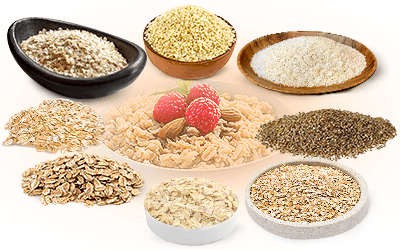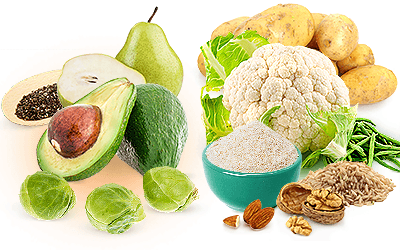As all other pulses, dry beans are one of the most versatile and nutritious foods that you can eat. They come in many shapes, sizes, colors, and flavors, and they can be used in a variety of savory and sweet dishes. However, many people do not eat beans on a regular basis. Some may not know the right recipes, while others are intimidated by their seemingly complicated cooking requirements.
Luckily, cooking with beans is easier than you think. This straightforward guide will walk you through the main types of beans, their nutritional composition, easy cooking methods, and the best ways to add them to your meals.
Types of Beans
Dried beans are pulses, which are edible seeds of plants that belong to the legume family. There are a couple hundred types of beans around the world. However, many of them form part of local diets and are not known outside of their native lands.
Some of the most common types of dried beans include the following:
Black beans have a rich, earthy flavor and a soft texture. They are popular in Latin American and Caribbean cuisines, and they are often used in dishes like burritos, tacos, and black bean soup.
Kidney beans have a mild, slightly sweet flavor and a firm texture. They are widely used in Indian and Mediterranean cuisines, and they are often used in chilis and bean salads.
Cannellini beans have a creamy texture and a mild, nutty flavor. They are popular in Italian cuisine, especially in soups, salads, and stews.
Red beans have a slightly sweet, earthy taste. They are widely used in American and African dishes, such as red beans and rice, chili, and bean salads.
Black-eyed beans have a buttery, nutty flavor and a tender, creamy texture. They are native to Africa and are eaten in various cuisines, such as Asian, Middle Eastern, and Southern US. They can be used for soups, stews, dips, and desserts.
Pinto beans have a rich, savory flavor and a soft, mushy texture when cooked. They are common in Mexican and Southwestern US cooking and are often used for refried beans, burritos, and bean soups.
Fava beans have a slightly bitter, grassy flavor and a meaty, chewy texture. They are one of the oldest cultivated plants and are eaten in many parts of the world, such as Asia, Europe, and Africa. They can be eaten raw, cooked, or dried, and they are used for salads, stews, sauces, and snacks.
Great Northern beans are native to North America and have a creamy texture and mild, nutty flavor. Their versatility makes them popular ingredients in soups, casseroles, and baked beans.
Beans' Nutrition
Beans are not only delicious, but they are also naturally low in fat, calories, and sodium as well as packed with essential nutrients:
- Protein
- Complex carbohydrates, like soluble and insoluble fiber as well as resistant starch
- Vitamins, like vitamin B9 (folate)
- Minerals, like iron, magnesium, and potassium
- Antioxidants
While beans are a good source of protein, they are considered incomplete protein, which means they don't contain all nine essentials amino acids that the body doesn't make and must obtain through food. However, eating them alongside brown rice, corn, or wheat supplies the missing amino acids.
Various studies on beans have linked to their consumption to numerous health benefits, including promoting weight loss, heart health, blood sugar regulation, and others.
According to the U.S. Dietary Guidelines for Americans, you should eat about 3 cups of legumes - including beans - per week as part of a healthy diet.1
How to Cook Dried Beans
Cooking dry beans is not difficult, but it does require prior planning. The whole process follows two simple steps: soaking and cooking.
Soaking
You can soak your dry beans in one of two ways:
Overnight Soak. This is the most common method of soaking dry beans before they are cooked. Place your beans in a large pot, and then pour enough water to cover the beans by 2-3 inches. Leave them at room temperature for at least eight hours, or preferably overnight.
Quick Soak. An alternative way to soak beans, it requires less time, which is great if you're in a rush or forgot to soak your beans the night before. Cover the beans with water the same as in the first method. But instead of leaving it soak, cover the pot and bring the water to a boil. Let it boil for 2-3 minutes. Then, turn the heat off, and set the beans aside for about an hour.
Cooking
If the beans have been soaking overnight, pour the soaking water out, and cover the beans with fresh water by about 2-3 inches. Bring it to a boil. Then, reduce heat and simmer the beans until they are tender, which can take from 30 minutes to 2 hours, depending on the type and size of the beans.
Seasoning
Whether you add any seasonings to your beans while they cook will depend on how you want to use them. You can add salt, herbs, spices, or other vegetables to flavor the beans, especially if they are part of a stew or soup recipe. But if you're planning to use the beans for desserts, it is best to keep them unflavored.
Easy Ways to Add Beans to Your Diet
Thanks to their creamy texture and versatility, beans are very easy to add to a variety of savory and sweet dishes. You can either use canned beans or cook dried beans.
Dry beans are cheaper and more flavorful, but they require more time and preparation. Canned beans are more convenient and faster, but they may have more sodium and additives.
Here are some examples of how you can add beans to your diet:
- Salads
- Stews, chilis, and curries
- Dips and spreads, like this this roasted garlic cannellini bean dip
- Burritos and burgers, like these white bean burgers with kaniwa flakes
- Soups, like this white bean tomato stew and Eastern European beet soup
- Desserts and snacks
Beans are a wonderful food to bring more variety into your kitchen. They are inexpensive and easily available year-round. Besides the flavor and creamy texture, they are an easy way to add nutrients into meals. As it turns out, doing so has shown to benefit your overall health in numerous ways. So, next time you go grocery shopping, grab some beans and cook away.
Sources
- Michigan State University, Beans are a good source of protein, 2013
- North Dakota State University, All About Beans Nutrition, Health Benefits, Preparation and Use in Menus
- Nutrients, Health Benefits of Plant-Based Nutrition: Focus on Beans in Cardiometabolic Diseases, 2021
- NutritionFacts.org, Beans, n.d.
- Penn State University, Beans, the magical vegetable – and Protein, 2022
- The Bean Institute, Bean Nutrition Overview
- United States Department of Agriculture, What are beans?
- University of Nebraska, How to Cook Dry Beans from Scratch, n.d.
- American Journal of Clinical Nutrition, Nutritional and health benefits of dried beans, 2014
Footnotes:
- Office of Disease Prevention and Health Promotion. (2023). Dietary Guidelines for Americans. Retrieved December 11, 2023, from https://health.gov/our-work/nutrition-physical-activity/dietary-guidelines
